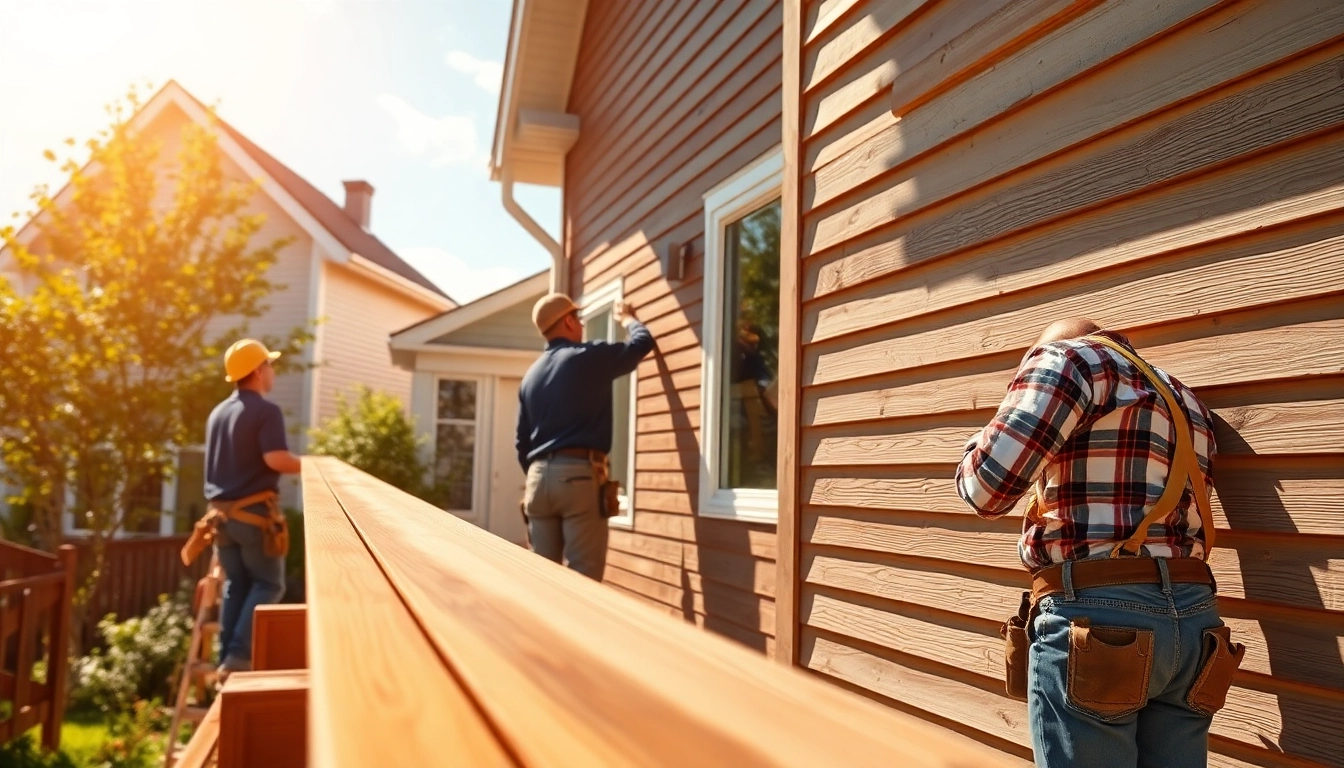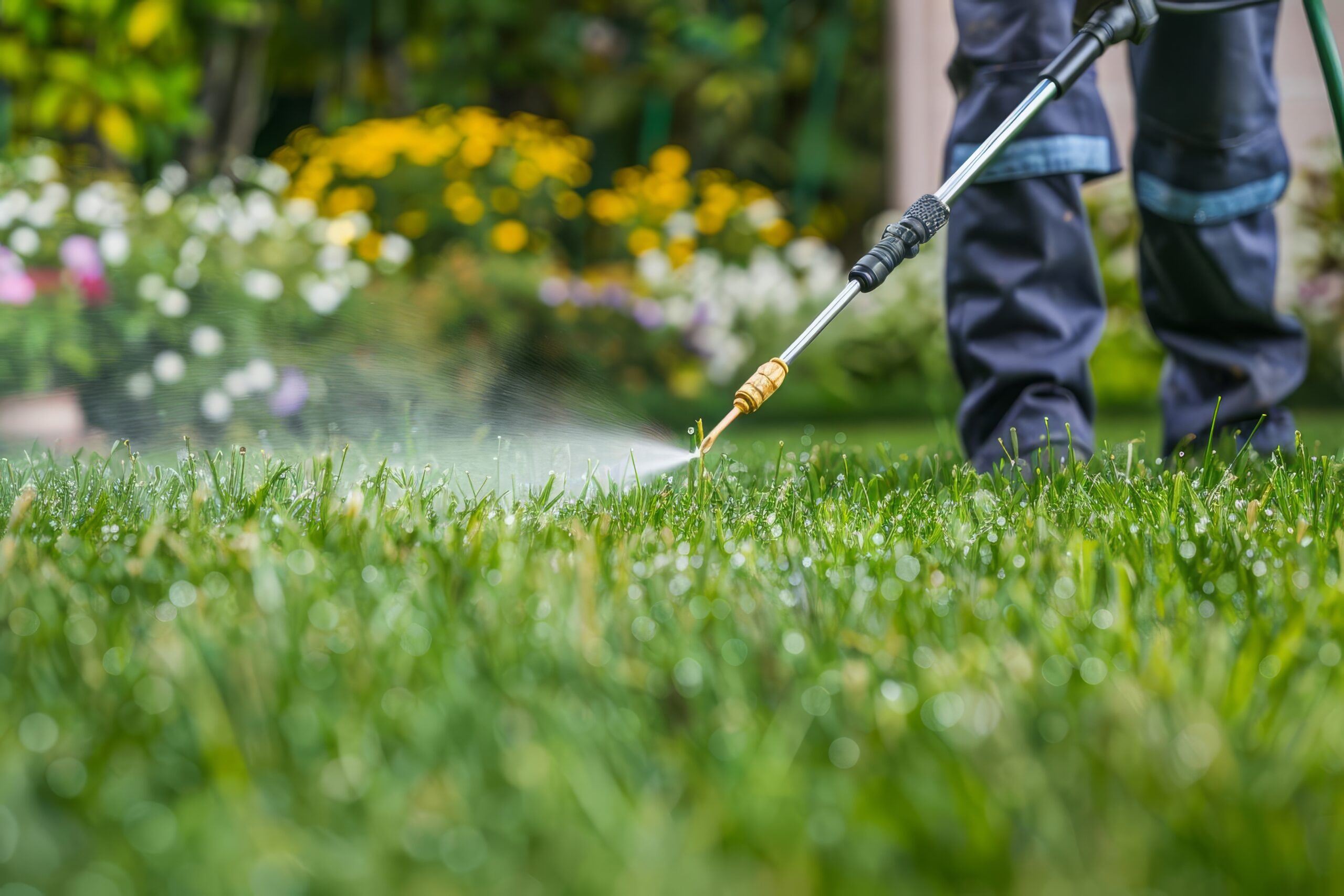Understanding Siding Options in Portland Oregon
Homeowners in Portland, Oregon looking for siding replacement have a variety of options available. Choosing the right siding material can enhance your home’s exterior, improve energy efficiency, and increase property value. In this article, we will explore different siding materials, their benefits, and important climate considerations to help you make an informed decision for your Siding Replacement Portland Oregon.
Popular Siding Materials
When it comes to siding, Portland residents commonly choose from options such as vinyl, wood, fiber cement, and metal siding. Each material has distinct characteristics that suit different architectural styles and homeowner preferences.
Vinyl Siding
Vinyl siding is one of the most popular options due to its affordability, durability, and low maintenance. Available in a wide range of colors and styles, vinyl can mimic the appearance of wood, making it a versatile choice.
Wood Siding
Natural wood siding offers a classic aesthetic, adding warmth and character to homes. However, it requires regular maintenance to prevent rot and insect damage. Popular types include cedar and redwood, known for their longevity and resistance to decay.
Fiber Cement Siding
Fiber cement siding is a composite material that combines cement, sand, and cellulose fibers. This option is known for its durability, resistance to termites, and fire resistance. It can be manufactured to resemble wood, providing aesthetic flexibility.
Metal Siding
Metal siding, including aluminum and steel, is praised for its durability and modern appearance. It typically requires less upkeep than wood and is resistant to pests and rot. However, it can be prone to dents and scratches.
Benefits of Each Material
Understanding the benefits of each siding material can further guide your choice based on your specific needs and preferences.
Vinyl Siding
- Cost-Effective: Vinyl is generally less expensive to install and maintain, making it a popular choice for budget-conscious homeowners.
- Low Maintenance: It requires minimal upkeep compared to wood siding, mainly just an occasional wash with soap and water.
- Energy Efficient: Insulated vinyl siding can improve your home’s energy efficiency, helping to lower utility bills.
Wood Siding
- Aesthetic Appeal: Offers a timeless look that enhances curb appeal.
- Natural Insulation: Provides better insulation than other materials, which can contribute to energy savings.
- Environmentally Friendly: If sourced sustainably, wood siding can be a renewable option.
Fiber Cement Siding
- Durability: It can withstand harsh weather, including high winds and hail.
- Fire Resistance: Provides enhanced safety, as it does not ignite easily.
- Versatile Styles: Available in various styles and colors to complement different house designs.
Metal Siding
- Longevity: Metal siding can last for decades without requiring replacement.
- Resistance to Pests: It is impervious to insect infestations, a significant advantage over wood.
- Recyclability: Metal siding can be recycled, making it a sustainable choice for environmentally conscious homeowners.
Climate Considerations for Siding Selection
Portland’s climate, characterized by wet winters and dry summers, plays a crucial role in deciding the best siding material for your home. Selecting a siding option that can withstand moisture and prevent mold growth is critical.
Here are some climate considerations to keep in mind:
- Moisture Resistance: Materials like fiber cement and treated wood can resist moisture better than untreated wood, which can rot.
- Temperature Fluctuation: Siding should be able to expand and contract with changing temperatures without cracking or warping.
- Insulation Needs: Depending on your home’s energy requirements, selecting a siding that offers insulation can help manage heating and cooling costs.
Signs You Need Siding Replacement Portland Oregon
Knowing when to replace your siding can help maintain your home’s exterior and protect it from weather damage. Here we discuss common indicators that it may be time for a siding replacement.
Common Indicators of Siding Damage
Look for the following signs that may indicate siding damage:
- Cracks or Holes: Visible cracks or holes in your siding can compromise insulation and expose your home to the elements.
- Peeling Paint or Stains: If your paint is peeling or you notice water stains, it could signify moisture penetration.
- Mold or Mildew: The presence of mold or mildew on siding surfaces may indicate trapped moisture.
Assessing the Age of Your Siding
The age of your siding can heavily influence its performance. Most siding materials have a lifespan:
- Vinyl siding lasts about 20-40 years.
- Wood siding typically lasts 20-30 years with proper maintenance.
- Fiber cement can last 30+ years.
- Metal siding has a lifespan of 40+ years.
If your siding is approaching or has exceeded its expected lifespan, consider replacement before it leads to further issues.
Impact of Weather on Siding Integrity
Portland’s weather can take a toll on your siding. Heavy rain and wind can lead to damage over time, particularly for materials that are not weather-resistant. Pay attention to:
- Wind Damage: High winds can loosen or dislodge panels, especially if they are aging.
- Rain Exposure: Continuous saturation can lead to wood decay or mold growth.
- Sun Exposure: UV rays can fade colors and weaken materials over time, notably with vinyl siding.
The Siding Replacement Process
Once you’ve determined that your siding needs replacement, understanding the steps involved can help you prepare for the project. Here’s a breakdown of the siding replacement process.
Preparation and Inspection
Before beginning the actual replacement, contractors will conduct a thorough inspection of your existing siding and home structure. This step is crucial to assess the extent of damage and determine if any underlying issues must be addressed, such as rot or water damage.
Steps in the Installation Process
The siding installation process generally includes the following steps:
- Removal of Old Siding: Carefully remove the old siding while ensuring not to damage the underlying structure.
- Inspection and Repair: Inspect the wall for any water damage or rot; repair as necessary.
- Installation of New Siding: New siding will be installed according to the manufacturer’s specifications, ensuring proper alignment and fastening.
- Finishing Touches: Any necessary trim, painter work, or seals will be completed to finalize the installation.
Post-Installation Care and Maintenance
Once your new siding is installed, regular maintenance is essential to ensure its longevity:
- Regular Cleaning: Clean siding periodically to prevent mold build-up and maintain appearance.
- Inspect for Damage: Regularly check for signs of damage, especially after severe weather.
- Schedule Professional Inspections: Consider a professional inspection every few years to catch any potential issues early.
Cost Factors for Siding Replacement Portland Oregon
The cost of siding replacement can vary greatly based on material choices, labor costs, and additional project complexities. Understanding these factors can assist in effective budgeting.
Estimating Material Costs
The cost of materials will depend on the type of siding chosen:
- Vinyl siding: Typically ranges from $2 to $7 per square foot.
- Wood siding: Costs can vary based on species, ranging from $3 to $10 per square foot.
- Fiber cement: Generally priced between $5 to $10 per square foot.
- Metal siding: The cost can start at $5 and go up to $12 per square foot, depending on quality.
Labor Expenses to Consider
Labor costs can significantly impact the overall expense of your siding project. Typical labor rates for siding installation can range from $1 to $3 per square foot, depending on experience, location, and complexity of the job.
Additional Costs and Budgeting Tips
Don’t forget to account for additional costs such as:
- Permit Fees: Depending on your locality, you may require permits for major renovations.
- Disposal Fees: Consider costs associated with disposing of old siding material.
- Additional Repairs: Any necessary repairs to the structural frame or insulation may incur extra charges.
To budget effectively, obtain at least three estimates from different contractors and ensure each proposal outlines all expected costs clearly.
Choosing the Right Contractor for Siding Replacement
Finding a qualified contractor is essential to ensure a successful siding replacement project. Here are key factors to consider when selecting the right professional for your needs.
Key Qualities to Look For
- Experience: Look for contractors with extensive experience in siding installation and a good reputation in your area.
- Licensing and Insurance: Ensure the contractor is licensed to operate in your state and has appropriate insurance coverage.
- Warranty Offerings: A reliable contractor should provide warranties for both materials and workmanship.
Questions to Ask Potential Contractors
Asking the right questions can help clarify the contractor’s suitability:
- How long have you been in the siding business?
- Can you provide references from past clients?
- What type of warranties do you offer on your work and materials?
Verifying Credentials and Reviews
Always verify the contractor’s credentials before entering into a contract:
- Check their online reviews and ratings on platforms like Yelp and Google.
- Request proof of insurance and verify their license status with state regulatory boards.
- Look for affiliations with reputable organizations, such as the Better Business Bureau.


